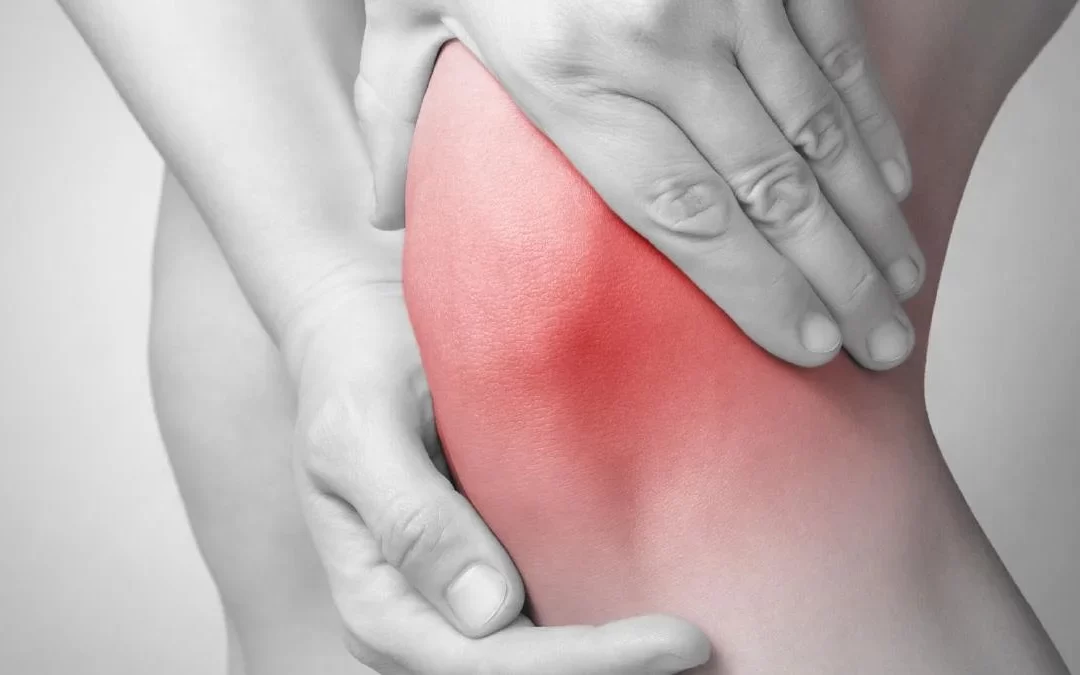CASE STUDY REFLECTION BLOG POST – Chronic patellofemoral joint pain
The purpose of this case study is to assist our graduates to fully reflect on a client that they have seen throughout the week. This will also form part of information that we can distribute to clients where they can read up on real life cases where we have been able to help clients and allow them to be pain free! Clients are refered to as Mr.X/Ms.X to keep their privacy.
Chronic patellofemoral joint pain
Section 1: About your client and how you diagnosed the condition (think about how they presented, what
subjective and objective information did you gather to help you diagnose?)
Client presented with both right and left sided knee pain of which has been occurring for over 10 years. Client has historically subluxed their kneecap 3 times on each side (3 times left and 3 times right). The clients last sublux episode occurred some 10 years ago. However, since has experienced pain on both sides when squatting, and as intensity of netball increases. In terms of testing, with patellofemoral pain it is common to find tenderness when compressing the kneecap, as this client did. Squatting, or going down stairs often load the knee into a position of discomfort for those with patellofemoral pain. This particular client found lots of pain in particular with a shallow single leg squat. With this in mind, it is common to find these clients with a “hip-dominant” squat pattern – essentially this means the clients chest will collapse towards the floor on the descent as the hips are pushed back to further load the hip musculature and minimise load through the painful knee.
Section 2: Your diagnosis and about the condition (what is your possible diagnosis?)
Possible diagnosis:
Chronic patellofemoral joint pain/ patella maltracking on the background of repeated subluxations.
Pathophysiology background:
Patellofemoral joint pain is an experience of pain between both the patella (knee cap) and the femur (thigh bone). This can be due to a variety of factors, most commonly a muscular strength and control deficit around the knee and/ or the hip is present. Further emphasis for control is needed with running or jumping sports that place repetitive stress on your knee joint, which can cause irritation under the kneecap.
Section 3: Differential Diagnosis (what is another condition to consider and why?)
PFJ arthritis, Lateral patellar retinaculum overload/ irritation. These are all to be considered mainly due to the location of pain, as well as the longstanding/ repetitive load nature of the tasks that the client does complete.
Section 4: Treatment (what did you do and why?)
I began by optimising muscular recruitment of particular deficits established form our assessment. In this case, quadricep and glute recruitment were top priority to offload the patellofemoral joint through greater knee control. Relatively easy, low load exercises with high number of repetitions to establish a solid mindmuscle connection to these areas was the initial treatment of choice.
Section 5: Plan (where to go from here? How many sessions might they need? What’s the goal?)
From here, exercises will increase in difficulty and load around the knee as the client and their knees can tolerate. This will then progress into more explosive type movement patterns to mimic the demands of netball once a satisfactory level of knee and hip strength/ control is established. I expect this to take a minimum 12 week program to optimise outcomes, and could stretch longer than this. The goal for this client is to be able to participate in netball pain free without the security of tape currently used, squat without issue and complete lunges pain free.

